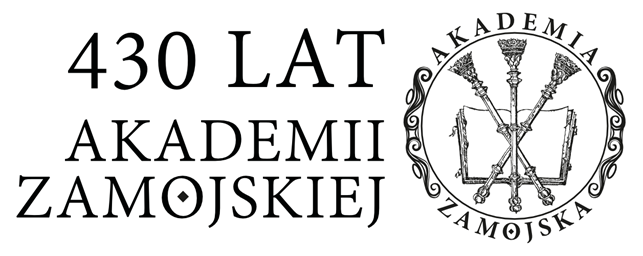Projekty hybrydowe — montaż partnerstwa publiczno-prywatnego i funduszy Unii Europejskiej w projektach rozwoju lokalnego i regionalnego
Joanna Szafran
Abstrakt
Partnerstwo publiczno-prywatne (PPP) rozwija się w Polsce dynamicznie, w odpowiedzi na rosnące potrzeby inwestycyjne przede wszystkim samorządów lokalnych i regionalnych, które napotykają na ograniczenia know-how, budżetowe i związane z zapewnieniem wkładu własnego projektów współfinansowanych z budżetu UE. Dalszemu jego rozwojowi sprzyjają zmiany w regulacjach UE i krajowych na lata 2014–2020, promujące realizację projektów PPP współfinansowanych z funduszy, inicjatyw i instytucji europejskich, tzw. projektów hybrydowych (mieszanych). Celem publikacji jest ukazanie specyfiki takich projektów i ich znaczenia na rynku PPP, w kontekście szerszego ich stosowania w bieżącej perspektywie finansowania krajowych i regionalnych programów operacyjnych. Analiza źródeł prawa UE i krajowego oraz analiza ilościowa i strukturalna rynku PPP i projektów hybrydowych pozwoliła na przedstawienie modelowych rozwiązań oraz wskazanie zalet i barier realizacji takich projektów przez samorządy. Dzięki dofinansowaniu przede wszystkim z Europejskiego Funduszu Rozwoju Regionalnego i Funduszu Spójności hybrydy wyróżnia duża wartość umów zawieranych w sektorach IT, gospodarce odpadami, energetyce i rewitalizacji, które obok transportu i ochrony zdrowia są preferowanymi kierunkami wsparcia UE.
Słowa kluczowe:
partnerstwo publiczno-prywatne, projekty hybrydowe, Europejskie Fundusze Strukturalne i InwestycyjneInne teksty tego samego autora
- Piotr Maleszyk, Joanna Szafran, Rynek komercyjnych powierzchni magazynowych w Polsce i Lublinie: uwarunkowania, tendencje i perspektywy rozwoju , Barometr Regionalny. Analizy i Prognozy : Tom 15 Nr 2 (2017)
- Joanna Szafran, Wdrażanie polityki spójności Unii Europejskiej w Republice Czeskiej w perspektywie programowania 2014–2020 , Barometr Regionalny. Analizy i Prognozy : Tom 14 Nr 1 (2016)
Szczegóły
Bibliografia
Statystyki
Autorzy
Zasady cytowania
Licencja

Utwór dostępny jest na licencji Creative Commons Uznanie autorstwa – Użycie niekomercyjne – Bez utworów zależnych 4.0 Międzynarodowe.


 English
English
 Język Polski
Język Polski




